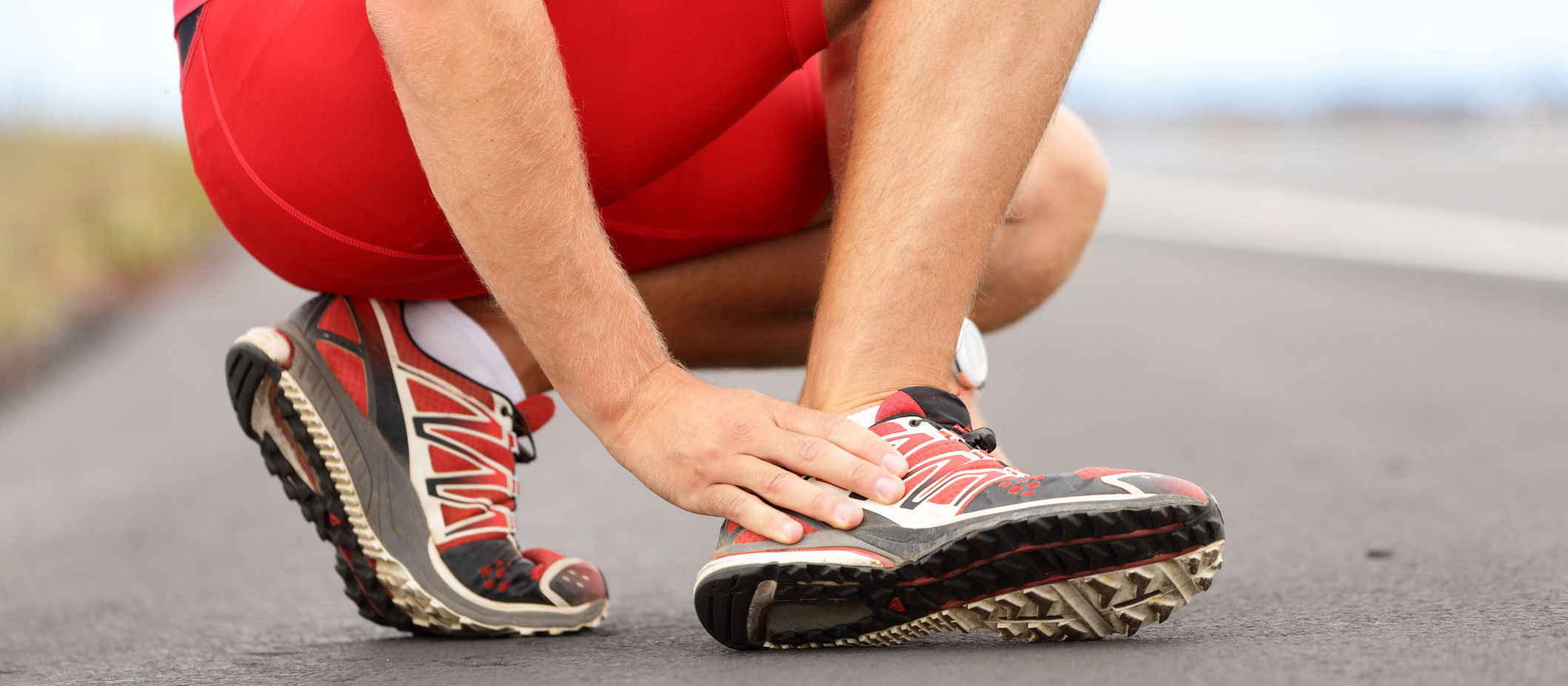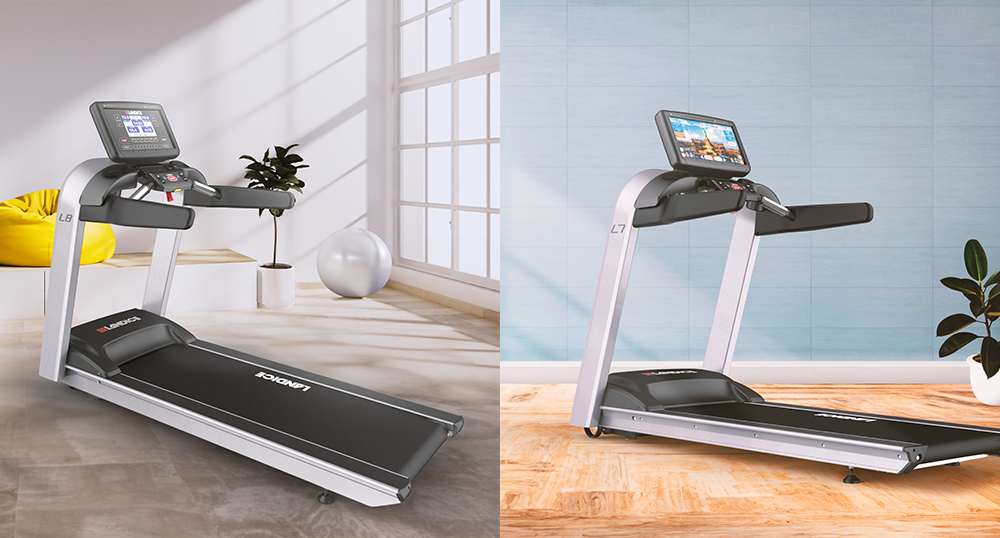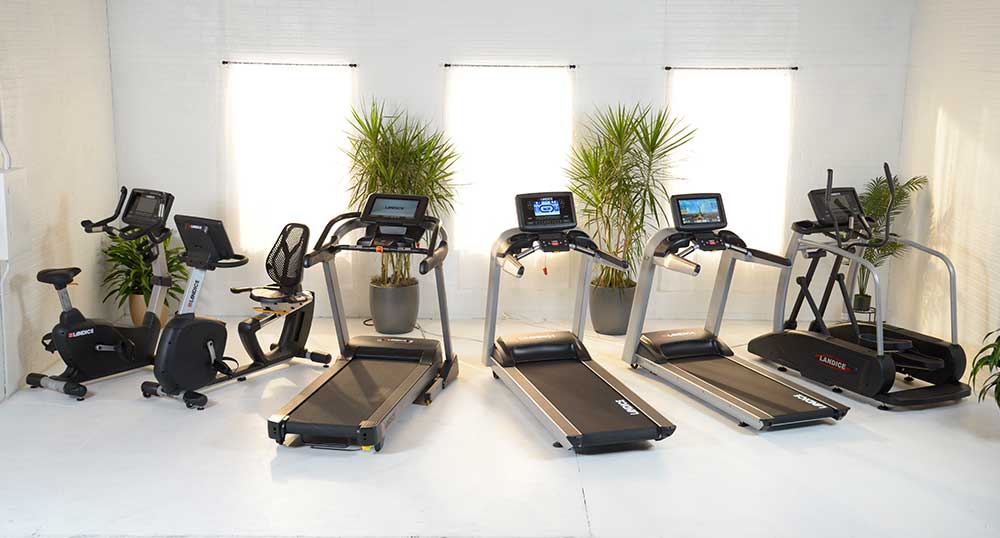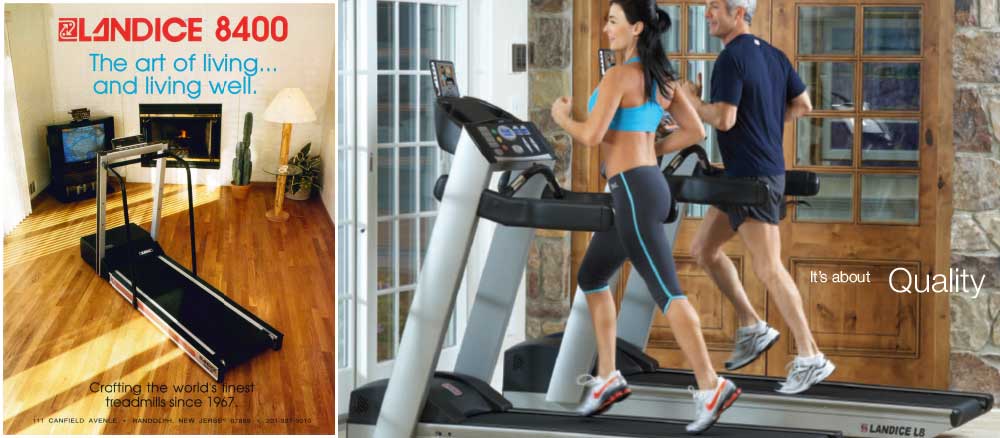Can I Blame My Running Shoes For My Injuries?
August 27, 2018
Running is a high-impact sport and runners get injured. In fact, when you look at triathletes, who run, bike and swim, studies have shown that most of their injuries occur from the running portion of their training.
Sure, it's easy to blame the modern running shoe for this. Some believe that the predominantly over-built shoe has increased the injury rate in running by promoting unnatural stride mechanics that place undue strain on the tissues of the lower extremities. But, then there are the minimalist shoes that are supposed to mimic our primitive ancestor's style of running and they, too, cause the same amount of injuries.
There really have been no conclusive studies to determine if it's the shoe, however. One would probably have to take into account a study where you have runners with various types of shoes and those who wear no shoes at all to get accurate and fair results.
Running injuries, in fact, may occur from something totally unrelated to what's on your feet. Some more accomplished runners point to four areas that may be more deserved of blame: body weight, sedentary practices, hard surfaces, and popularity.
Body Weight
As everyone knows, we’ve gotten a lot fatter over the past 30 years—runners included. A study conducted a few years ago under the auspices of USA Track & Field showed that one of the very few factors that did correlate with injury was body weight. Simply put, the heavier a runner is, the more likely it was that he or she would get hurt.
Being Sedentary
This one is interesting because as runners we think we're quite active. The reality is most of us train maybe 45 minutes during the day but spend the rest of the time sitting or laying down. Being active in diverse ways outside of running actually encourages healthier running. An active lifestyle outside of running helps prevent most of the muscular and postural imbalances that are so common in our society and that contribute to injuries because of reduced joint stability.
Have you ever played another sport besides running, like basketball, and woke up the next day in muscle pain? That's because there are a whole set of other muscles we're not activating in our legs, muscles that may help protect us from other injuries if we consider being more active throughout the day and staying in motion.
Hard Surfaces
Most of us run on hard pavement. And it probably doesn't matter which shoe we wear on this surface, injuries are still plentiful. Although, our Landice treadmills offer a softer orthopedic belt that helps with the impact. Compared to the famous Tarahumara indians of Mexico who supposedly are superior long distance runners and get few if any injuries, they do their running on the soft earth around them. If they were their fames huarache running sandals on the asphalt, they too would probably notice an increase in injuries.
Popularity
Long-distance running was probably never the widespread activity that we may believe our ancestors did in order to survive. Not everyone is a distance runner and its certainly not part of our DNA today. In fact, running has probably seen its biggest surge in popularity this past century. Even fifty years ago the only ones really running on a regular basis were specialists.
Over the recent decades, though, running has become more part of the general health craze. More people participate in 5Ks, 10Ks, Half-Marathons and Marathons as part of their personal fitness challenges. Today, the starting corrals are dominated by what we might call non-runners who run. They are not running specialists. Naturally gifted runners get hurt much less often on a per-mile basis than less gifted runners. Therefore, the high injury rate seen in running today is certainly due in part to the fact that, as a whole, today’s running population is less “born to run”.
So while it's easy to blame the shoe, there are a few other factors to consider that may have more to do with those sore legs and shin splints.
.png?width=258&height=54&name=Landice_logo%20(1).png)




